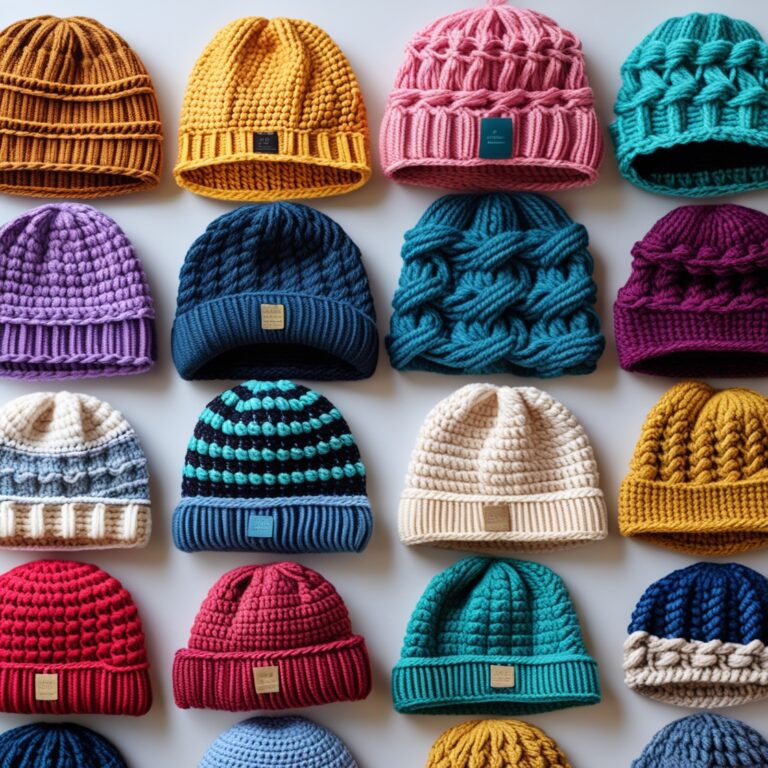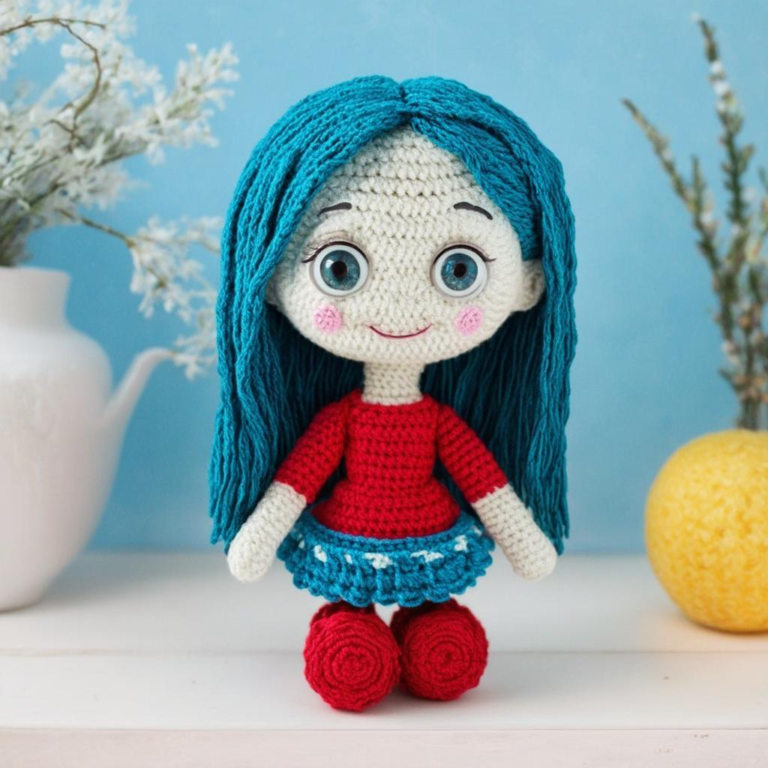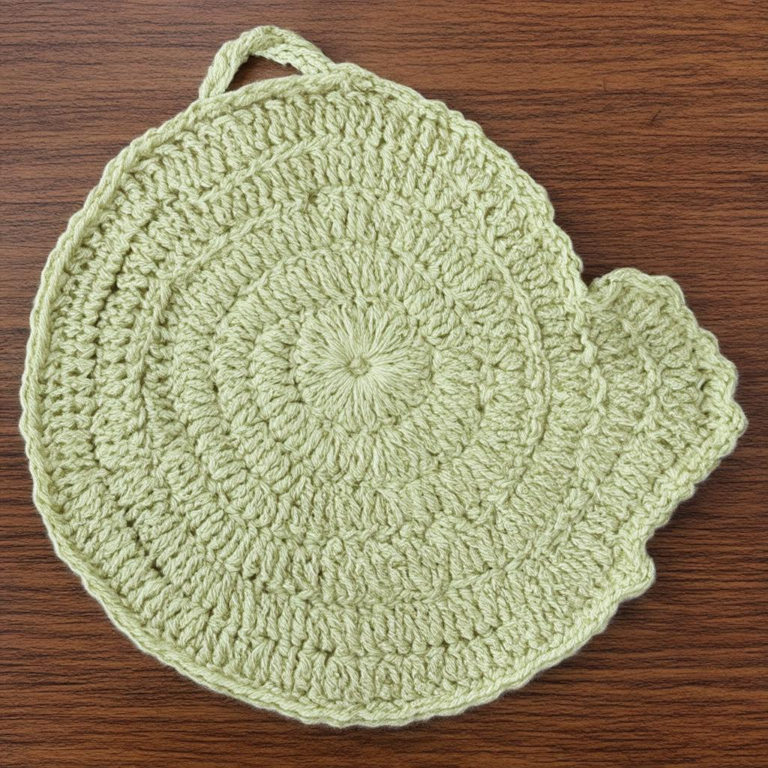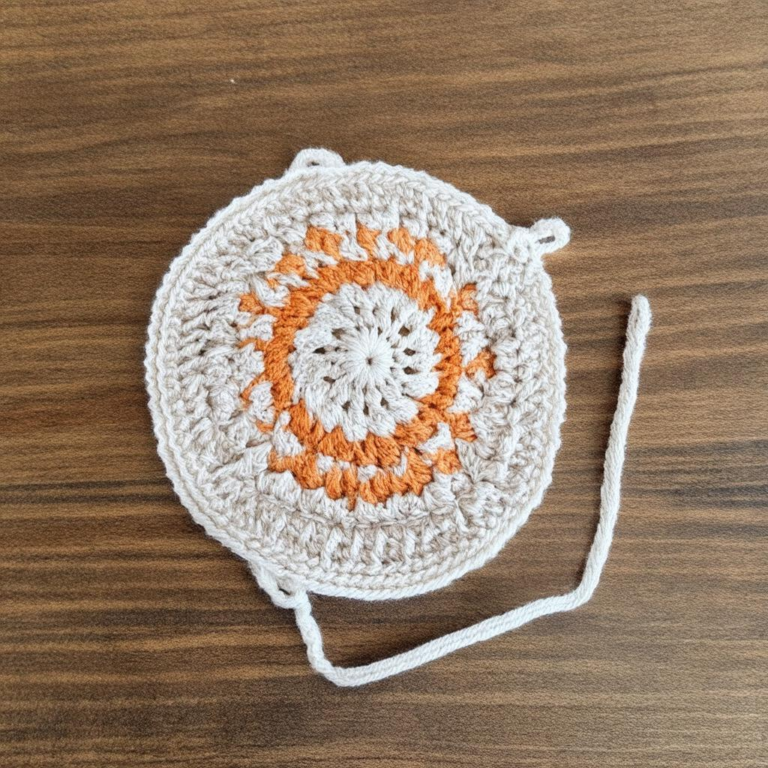[Check out the latest arrivals now!](https://www.amazon.com/s?k=crochet shawl pattern&s=date-desc-rank&tag=smartymode-20)
The Ultimate guide to Crochet Shawl Patterns: Top Picks & Reviews for Every skill Level
Often, crocheters seek a project that balances practicality with artistic expression. If that’s you,then creating a beautiful shawl may just be the perfect undertaking. Whether you’re a seasoned hook master or a beginner eager to learn, the world of crochet shawl patterns is vast and exciting. This guide will navigate you through some of the best crochet shawl patterns available, categorized by skill level, style, and yarn preference, ensuring there’s a perfect project for everyone. From free simple patterns for first-timers to intricate designs for the more experienced, we’ll explore the options that inspire and empower your creativity.
[Explore Top rated crochet shawl pattern on Amazon.]
understanding Crochet Shawl basics
Before diving into specific patterns,let’s lay the groundwork by understanding the different types of crochet shawls and basic construction methods. This understanding will be helpful as you browse patterns, making the selection process easier and better tailored to your skill level. Being familiar with these basics ensures a smoother start to your project, whether you plan on using a free crochet shawl pattern or a more detailed paid version.
Common Shawl Shapes and Their Characteristics
Crochet shawls come in various shapes,each offering a unique aesthetic and wearing experience. Recognizing the shape of a shawl helps you choose a pattern based on its look and how it will fit. Here are some popular shapes:
Triangular Shawls: Often created by starting from a point and increasing stitches along each row,these shawls are versatile and relatively easy to crochet. They are great for beginners due to their simple construction and are very popular for everyday wear. The triangle shape can be a long, narrow triangle, or a wider almost half-circle design depending on the pattern.
Rectangular Shawls (or Stoles): These straightforward shawls are great for showcasing beautiful stitch patterns or variegated yarns. You simply crochet a rectangular fabric which can vary in length and width. These are frequently enough simpler projects, making them kind for newer crocheters.
Half-Circle Shawls: Starting with a small chain and increasing rapidly, these shawls drape beautifully around the shoulders. They can have more of a dramatic curve. They require a bit more skill and attention to stitch count.
Asymmetrical Shawls: These offer a more modern look and can be created with various stitch patterns and techniques. They add an edge to any outfit but may require a more thorough understanding of crochet patterns.
Circular Shawls: Crochet from the center outwards, forming a complete circle. These can be quite dramatic and may be considered advanced, often incorporating complex stitch designs.
Basic Crochet Stitches Frequently enough Used in Shawl Patterns
To make a crochet shawl, you’ll encounter several basic crochet stitches. Mastery of these simple stitches will be crucial for completing the majority of shawl patterns, whether you are after a free crochet shawl pattern, or one you purchase. Having this foundation knowledge on board prior to exploring specific designs is a great way to help you decide which project is best for you.
Chain Stitch (ch): The foundation of almost all crochet projects, used to start rows, and create chain spaces in patterns.
Single Crochet (sc): A basic, tight stitch often used for edgings or creating a dense fabric.
Double Crochet (dc): A taller stitch that creates an open and more flexible fabric,frequently used in shawl patterns due to how quickly it covers area.
Half Double Crochet (hdc): A happy medium between single and double crochet, creating a textured appearance.
Treble Crochet (tr): An even taller stitch creates a very open and airy lace-like fabric.
Slip Stitch (sl st): A flat almost invisible stitch, very popular for joining edges, or making chain loops
Special stitches: Some patterns may introduce special stitch techniques for interest, this might include cluster stitches, shell stitches and picots. These can elevate the look of your projects.Understanding these stitches well is crucial before starting any pattern. Many free crochet shawl patterns rely heavily on these stitches and a good understanding will ensure a better final project and less frustration.[Explore Top Rated crochet shawl pattern on Amazon.]
Crochet Shawl Patterns for beginners
For those just starting their crochet journey, choosing a simple yet rewarding project is fundamental. Beginner-friendly crochet shawl patterns are designed to be easy to understand, mostly relying on basic stitch techniques and often incorporating a limited number of different stitch types. Here are some beginner-friendly options, perfect for learning the ropes while creating something beautiful.
The Classic Triangle Shawl: Easy to Master
The triangle shawl is extremely popular for beginner crocheters due to its straightforward construction and satisfying finished product.
Why it’s beginner-friendly: This shawl’s design frequently enough relies on just a few stitches – typically single crochet, half double crochet and double crochet – and does not require complex shaping. Starting at one corner and increasing each row is very straightforward, and can offer the practice needed to gain confidence before trying more intricate designs. Recommended stitch patterns: Simple stitch patterns incorporating double crochet,as seen in the “Double Crochet All The Way Shawl” from [2],make for a beautiful openwork fabric that is perfect for beginners. It’s easy to repeat the same stitch combination along each row and quickly get into a rhythm.
How to approach: Always start with a small number of stitches and slowly increase by a predictable amount on each row, following the pattern closely. For exmaple, starting with a foundation chain of only a few stitches and increasing the stitch count by one stitch per row on either side until the desired width is reached.
Easy Rectangular Shawls Using Simple Stitches
Rectangular shawls or stoles are perhaps the simplest designs to crochet,being a great starting point for beginners of all ages.
Why it’s beginner-friendly: The square or rectangle shape eliminates the need for complex increases or decreases. A simple repeating stitch pattern is often used to create a uniform and beautiful fabric, making them an ideal project for building foundational skills.
Recommended stitch patterns: Patterns using a simple combination of double crochet and chain spaces, or half double crochet patterns offer beautiful and quick results. The constant repetition of these basic stitches is helpful in memorizing the stitch techniques without requiring intense focus.
How to approach: Be sure to count your stitches carefully so you understand the row formation and have a consistent tension. Once the main body is complete, you can add tassels or fringe for a beautiful finish. Also, use stitch markers if you have difficulty identifying the end of each row.
Quick Project: The “Zone Out” Shawl for Instant Gratification
For those looking for a quick win, the “zone out” shawl is a great option. It’s designed to be quick and simple, with repetitive rows. This design is all about enjoying the process of crocheting without having to think too hard.
Why it’s beginner-friendly: Often,this type of shawl relies on just two alternating rows using basic stitches. This lack of complex pattern instructions makes it perfect for those learning to crochet, or who simply want a quick and enjoyable project.
Recommended stitch patterns: Designs that use simple double crochets or half double crochets are ideal. It’s about the movement of the hook and repetition. As one Reddit user shared [4], such a pattern is perfect for “zoning out” .
How to approach: Pick a pattern with very simple, repetitive rows. Keep track of your rows and tension and enjoy the repetitive motion of the hook.
[Explore Top Rated crochet shawl pattern on Amazon.]
Intermediate Crochet Shawl Patterns
Once you’ve mastered basic stitches and simple shapes, you may want to move to some slightly more intricate crochet shawl patterns. These intermediate designs offer a great next step, building upon basic techniques whilst introducing more complex stitch patterns and shaping. Here we’ll explore a few options that allow new skills to be explored.
Lace Stitch Shawls for Elegant Looks
Lace stitch patterns are perfect for those wanting to create elegant,lightweight shawls. These designs go beyond the common beginner stitches to allow you to explore more intricate,open-work crochet.
Why it’s intermediate: While they incorporate foundational stitches, they also add more complex stitch patterns and counting work which requires a higher level of crochet skill. They often incorporate more complex stitch repeats, like cluster stitches, shell edgings and multiple treble crochets combined.
Recommended Stitch patterns: look for patterns using a combination of chain spaces, double crochets and treble crochets to create beautiful openwork patterns. Some patterns may have a simple lace insert.
How to Approach: patience is important when tackling a lace design. Take your time and follow stitch counts and row repeats meticulously for the best results. Be sure you understand the symbols used in your patterns before you begin.Pay close attention to stitch placement and tension to achieve the beauty the lace design is aiming for.
Textural Shawls Using Combination Stitches
Textural shawls combine interesting stitch elements to create a rich, 3D appearance.These are perfect for those who enjoy the visual interest of varied crochet techniques.
Why it’s Intermediate: these designs often use varied stitches throughout the project, and are not a simple repeating stitch pattern. You are frequently enough switching between stitches and can be required to work into different points of the stitches such s “front post double crochet” or “back post double crochet”
Recommended stitch patterns: Patterns that feature a combination of single,double,half-double and post stitches add beautiful tactile elements to the shawl. These can require more counting and focus.
How to approach: Begin by examining how the various stitches combine in one row, and follow this carefully.A stitch marker after every repeat can be helpful with this complex design type, to ensure you follow the pattern correctly.
Shawls with simple Shaping and Edging details
Many intermediate patterns add interesting details to customary shapes, such as shaping details and unique edge finishes. This can make them more complex than beginner shawls, whilst still being approachable for non-experts.
why it’s Intermediate: These designs rely on a higher level of understanding of how stitches work together to create certain shapes. You are still using basic stitches whilst adding more complex changes to your rows.
Recommended Projects: Look for shawl patterns that start with a standard triangle or rectangle shape but then add sections that create a fan like appearance, or intricate borders. Examples of this include shell edgings or picot stitches, or more rows of increases in unexpected places.
How to approach: make sure you understand why the changes are being made to the standard row format, and practice this technique before diving into the complex project. Learning how to read pattern writing is vital here to ensure you add the correct increase points.
[Explore Top Rated crochet shawl pattern on Amazon.]
Advanced Crochet Shawl Patterns
For experienced crocheters looking for stunning statement pieces, advanced designs offer a creative and enjoyable challenge. These designs present opportunities to flex all your skills, and require a careful understanding of complex stitch patterns, and more creative shaping techniques. These are for skilled crocheters who enjoy the process of problem-solving and creating really unique pieces.
Intricate Lace Designs with Complex Repeats
Advanced lace designs not only utilize very complex lace stitches but also incorporate varied repeat counts, making them a complex and challenging project. These are for crocheters who are comfortable counting stitches and navigating various symbols.
Why it’s Advanced: These patterns are extremely complex, with a multitude of stitch types being combined to create intricate patterns of holes and stitches, and also add extra elements like bobble stitches or other complex textured elements. The repeats can also vary across the design,meaning more focus is needed to stay on track.
Recommended Stitch Patterns: Advanced lace patterns frequently enough combine all types of stitches including chain spaces, treble stitches, double crochet and post stitch elements.This mix of high and low creates beautiful visual complexity, allowing the design to be a beautiful artistic expression.
How to approach: follow charts or written instructions carefully, and try marking your rows with stitch markers. Make sure you understand how to adjust the pattern repeats to the scale of your project. And practice sections or difficult parts separately prior to diving into the full pattern.
Complex Shaping and Asymmetrical Designs
Advanced shawl patterns can explore more creative asymmetric and complex shapes. These add a new level of challenge for crocheters to master.
Why it’s Advanced: These patterns require the crocheter to understand how to manipulate multiple stitch types to create the complex shape, and also creating the correct tension to maintain the form of the shape throughout the project. This requires expertise and experience.
Recommended projects: shawls with unique angular shapes, unusual construction methods or incorporating more unique shapes are suitable. Circular shawls which can be challenging for even experienced crocheters offer a new challenge and complexity.
How to approach: Take the time to examine the overall shape and understand how it is formed across the pattern, then work through the pattern methodically with stitch markers in place for all of the repeat sections.
Colorwork Shawls Using Multi-Colored Yarns
Working with multiple colors adds dimension and complexity to any project and requires mastery of color changing techniques. This method of creating a beautiful piece can really take an experienced crocheter to a new level.
Why it’s Advanced: Colorwork projects require a solid understanding of stitch types, but also knowing the ways in which you can change colors, and manage multiple stands of yarn simultaneously. it requires great organizational skills to effectively execute multi-colored projects. Recommended Patterns: Advanced colorwork can be implemented in a whole suite of patterns, such as mosaic crochet or intarsia. These more advanced techniques require a clear understanding of basic stitch types and also different color weaving and changing methods. Be sure to practice these techniques prior to taking on a full patterned project.
How to approach: Always examine how a pattern uses specific colors and plan ahead. Take the time to learn how to change colors effectively, and weave in all of the extra ends as you proceed along with your design to keep up and minimize effort at the end.
[Explore Top Rated crochet shawl pattern on Amazon.]
materials and Tools For Crochet Shawls
Choosing the correct supplies can really enhance the overall outcome of any crochet project, especially with a larger project like a shawl. Here’s a run-down of the must-haves for success.
Selecting the Right Yarn
Yarn choice really affects the drape,texture,and overall appearance of your finished shawl.
Fiber Considerations: Whether you choose wool, cotton, acrylic, silk or a blend, each yarn fiber has its advantages. Lightweight fibers such as cotton or linen are perfect for summer shawls while wool is more suitable for winter warmers. Acrylic is an affordable and relatively easy care option,and blends offer a mix of both.
Weight of the Yarn: The yarn weight, (such as lace weight, fingering weight, worsted weight or chunky weight) matters a great deal, and can impact how quickly the project grows as well as the stitch definition. Worsted weight is a popular choice for shawls [5] , due to its versatility and good balance between texture and drape.
color and Texture: Consider colour and texture when choosing a yarn. Variegated yarns, for instance, create a beautiful fabric and can add depth and interest to simple stitch patterns. Solid colors showcase stitch patterns well, while multi-colored yarns can add visual impact and can be great for simple shapes.
Crochet Hooks and Notions
The correct hooks and notions can ensure an efficient and enjoyable crochet session.
Hook Sizes: Be sure to check the hook sizes recommended in your pattern. The correct gauge ensures that your project will be true to size and avoid issues with disproportion in the final piece.
Stitch Markers: These are essential for marking repeat counts, increase or decrease locations, or the end of rows.They can be extremely beneficial as you gain knowledge of more complex patterns.
Scissors and Tapestry Needles: Have sharp scissors available to cut yarn ends and a tapestry needle with a blunt edge is useful for weaving in these ends to avoid unraveling.
Optional Tools: You might also consider using a row counter,gauge ruler,or blocking mats,especially if you are working on more advanced designs that require greater accuracy and consistency.
Essential Tips For a Prosperous project Every Time
Before you begin with your chosen pattern, consider a few simple but very valuable tips.
gauge Swatch: Creating a gauge swatch ensures your tension matches that of the designer’s. This will help to ensure you finish with the right sized finished project.
Read the Pattern Wholly: Before starting any pattern, be sure to read it all carefully before you begin, to understand the design as a whole, and plan accordingly for any tricky sections.
Take Breaks: If you need, take breaks during your session to prevent hand and eye strain, or simply to avoid feeling overwhelmed with complex patterns. Join a Community: Joining online forums,and local groups can offer a wealth of wisdom and experience as you gain confidence with more complex designs,and can be super useful if you get stuck at any point.
[Explore Top rated crochet shawl pattern on Amazon.]
Conclusion
Crochet shawls offer a splendid combination of functionality and creative expression. Whether you’re a beginner or advanced crocheter, countless patterns are accessible and offer a variety of different techniques to explore. From free crochet shawl patterns offering simplicity to more intricate designs giving new challenges, a beautiful handmade shawl is an achievable goal for everyone. By understanding the basics of shawl construction, familiarizing yourself with key stitches, and carefully choosing the right materials, you can enjoy the journey of crafting a beautiful, unique piece. The best part of all is that you can create something unique to you,that you will wear with pride,or pass on as a thoughtful handmade gift. Embrace this creative process and create something wonderful with your skills in the realm of crochet.
[Shop budget-friendly options now!](https://www.amazon.com/s?k=crochet shawl pattern&s=price-asc-rank&tag=smartymode-20)






